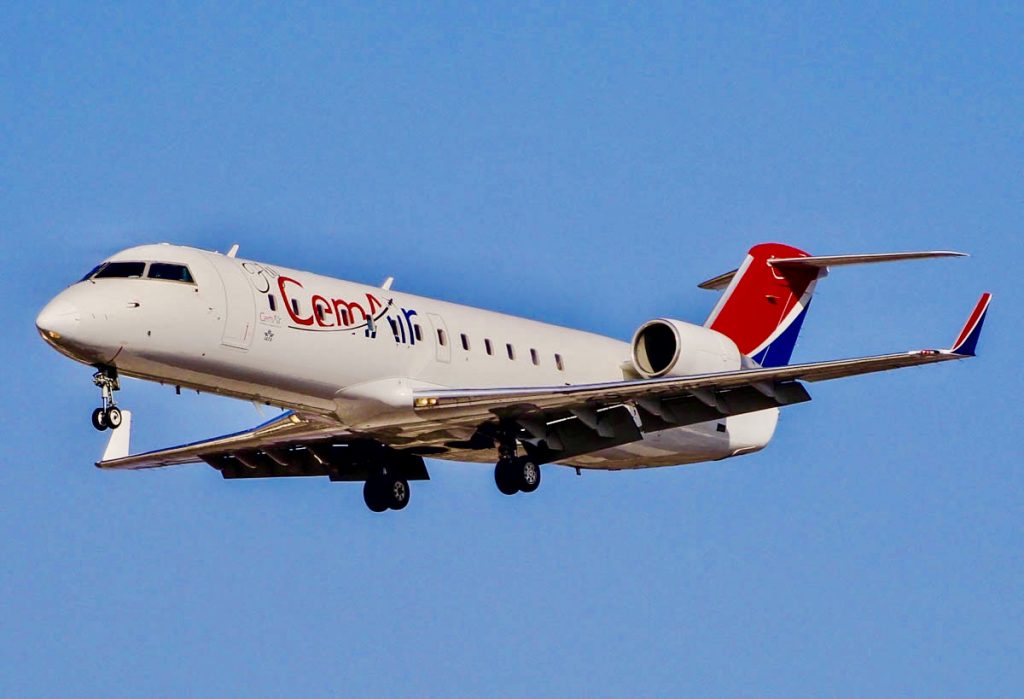The only thing in-between the home to one of the worlds natural wonders the mosi-o-tunya falls (Livingstone) and the commercial capital of Africas most industrialized economy (Johannesburg) is a 1hr 45 mins flight with CemAir Ltd.
As risk appetite claws back into economies post COVID, Africa’s second largest copper hotspot Zambia is seeing increased growth pulse in sectors ranging from mining to agriculture. As the Southern African nation gears to market itself as one of the world’s tourism hotspots, air travel remains a key enabler in driving the requisite accessibility. The air travel industry has undergone a fair share of hurdles ranging from fuel costs to finance and ultimately demand. The pandemic acutely depressed the airline business locally, regionally and internationally as travel appetite muted. Flight volumes and frequencies plummeted as the world paused for two years marred by a series of lockdowns and the need for health protocols to be complied with to tame the deadly corona virus.
The week beginning 16 October, South African carrier CemAir Limited announced new regional routes covering Malawi, Zambia, Mozambique and Zimbabwe. This news couldn’t have come at a better time for the copper producer which is at a critical stage of its growth cycle as it seeks to restore fiscal fitness through reorganization of its production possibilities. CemAir will now fly to Livingstone weekly from Johannesburg. The South African carrier through a codeshare agreement with Proflight Zambia already service the Lusaka -Johannesburg route.
This development not only makes the home to one of the world’s natural wonders, the mighty mosi -o-tunya falls (the smoke that thunders in toka leya) easily accessible but does adds to the current air travel competitive landscape. Zambia has, connecting it to the region, a handful of carriers namely Air Tanzania, Kenyan Airways, South African Airways, RwandAir and Airlink to mention but a few. Operational indigenous carriers have reduced to two namely Zambia Airways and Proflight Zambia.
As part of the recently presented budget, the Zambian government waived visa requirements for residents of the Euro area in a quest to ramp tourism influx. This should stimulate demand for tourism to some extent.
With the advent of global crude price volatility, fuel costs remain a threat to air travel business who pass costs to consumers in high flight fares for business survival. In the interim the Southern African nation has taken bullish stance towards growing its tourism sector with an infrastructure overhaul through building of world class hotels and airport structures that will accommodate the forecast international & local visitors and service increased airline frequency into Zambia. Deliberate hosting of domestic and international conferences have proved effective drivers of air travel.
CemAir will commit six 90 seater CRJ900 regional jets for the regional travel expansion strategy and will seek to increase the number vessels to 10 by end of 2023.
The Kwacha Arbitrageur

